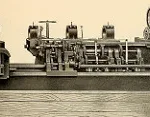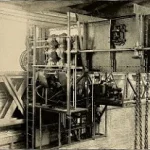
If you sort your Amazon search on ‘reliability engineering’ by price: low to high, you may find some interesting titles available for free or maybe a few pennies. Not one to resist a chance to fill another bookcase, it’s been a bit of a spending spree.
One of the reasons I am interested in older titles is to determine why MTBF is so prevalent today. So far, still looking and learning along the way.
There are many great books in our field. Sure, some are older. Some are not at all useful or helpful.
This book review is the first in what may become a monthly addition to the NoMTBF blog.
Today’s review is on the book, An Elementary Guide to Reliability (3rd) Third Edition, by G. W. A. Dummer and R. C. Winton. [Read more…]













